How to grow ginger indoors – and enjoy a fresh, year-round harvest of this nutritious root
Growing this root vegetable indoors is sure to elevate your culinary creations
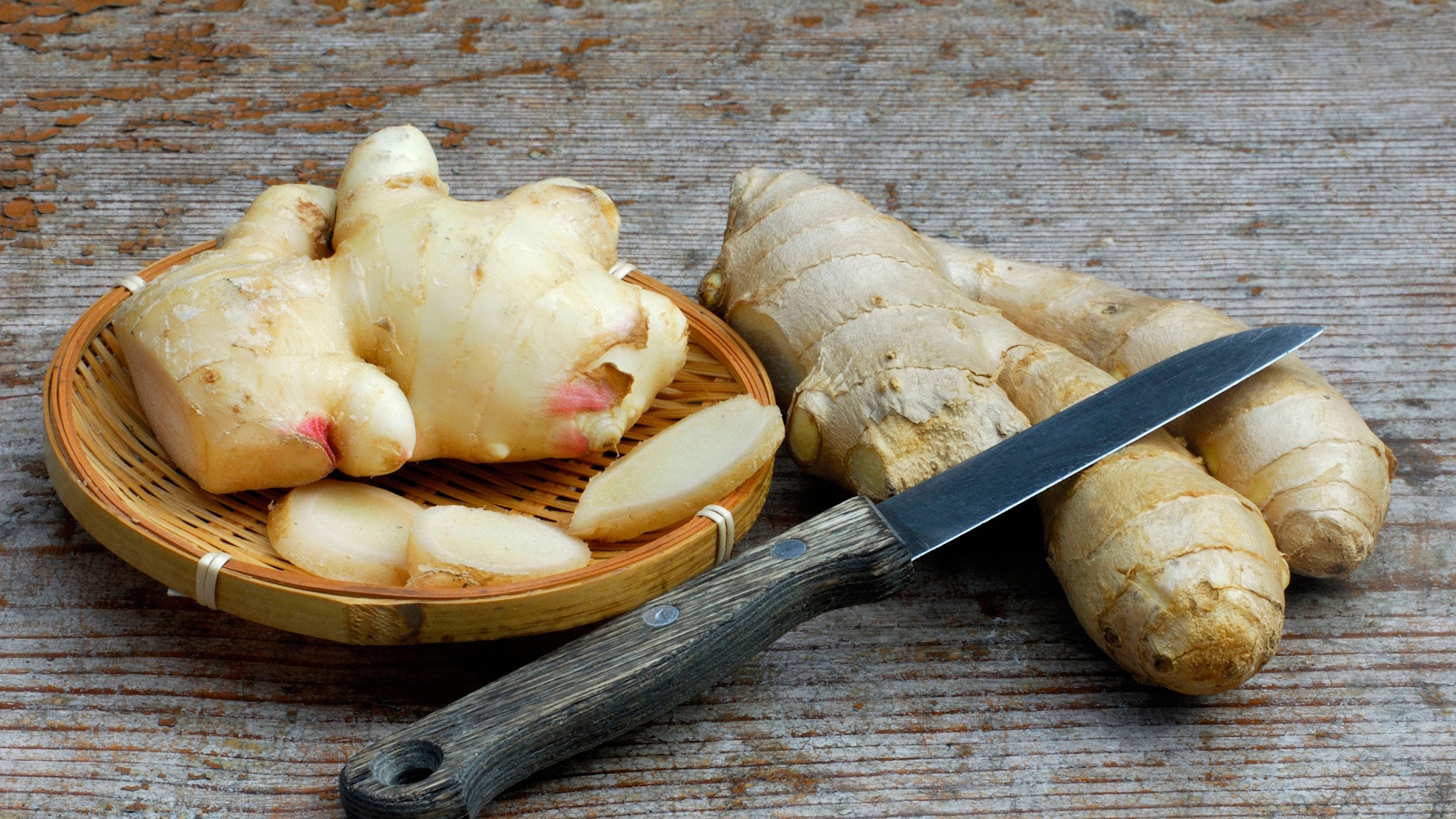

Whether you want to add some flavor to stir-fries or baked goods, ginger has a spicy taste that is unmistakable. While you might be used to sourcing roots from the local store, learning how to grow ginger indoors and enjoying homegrown harvests is far easier than you might think.
Ginger, or Zingiber officinale, is native to Maritime Southeast Asia, including Brunei, Indonesia, Malaysia, the Philippines and Singapore. As you might imagine, this crop enjoys hot and humid climates, meaning it can adapt well to indoor conditions.
By following a few simple steps, you can cultivate your own supply of fresh ginger even in the smallest of apartments. So, if you want to grow ginger in pots in your kitchen or living room, our comprehensive guide has all the information to help you succeed. And just think, in a matter of months you will be harvesting your first delicious crop.
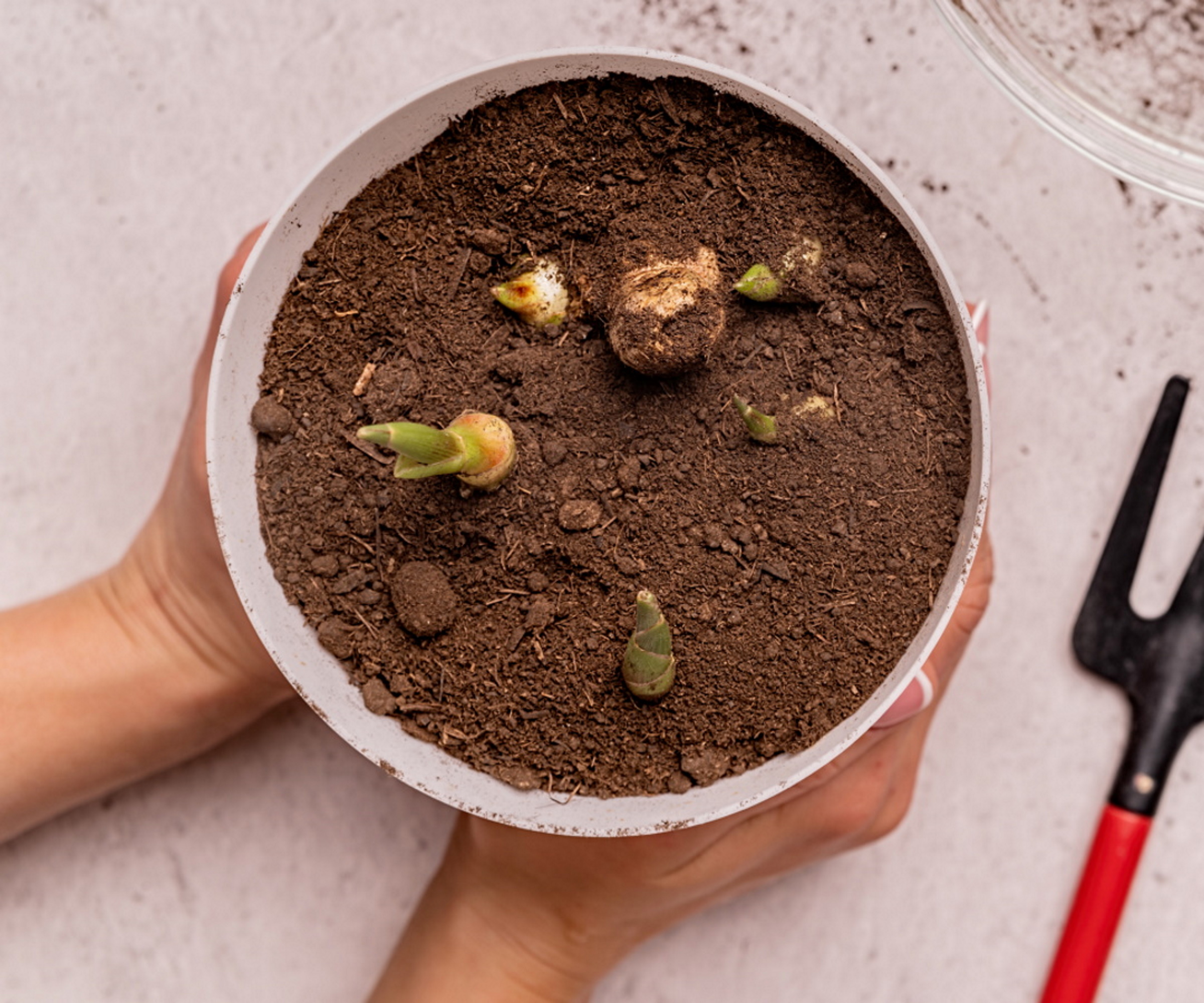
How to grow ginger indoors
Learning how to grow ginger indoors is sure to elevate your kitchen plant collection. This root vegetable grows in equatorial regions and is only hardy down to zone 9 - think warm and wet rainforest environments. However, indoor cultivation means that anyone, regardless of US hardiness zones, can grow ginger. Here are three simple stages to follow to ensure your plants thrive.
How to get started growing ginger indoors
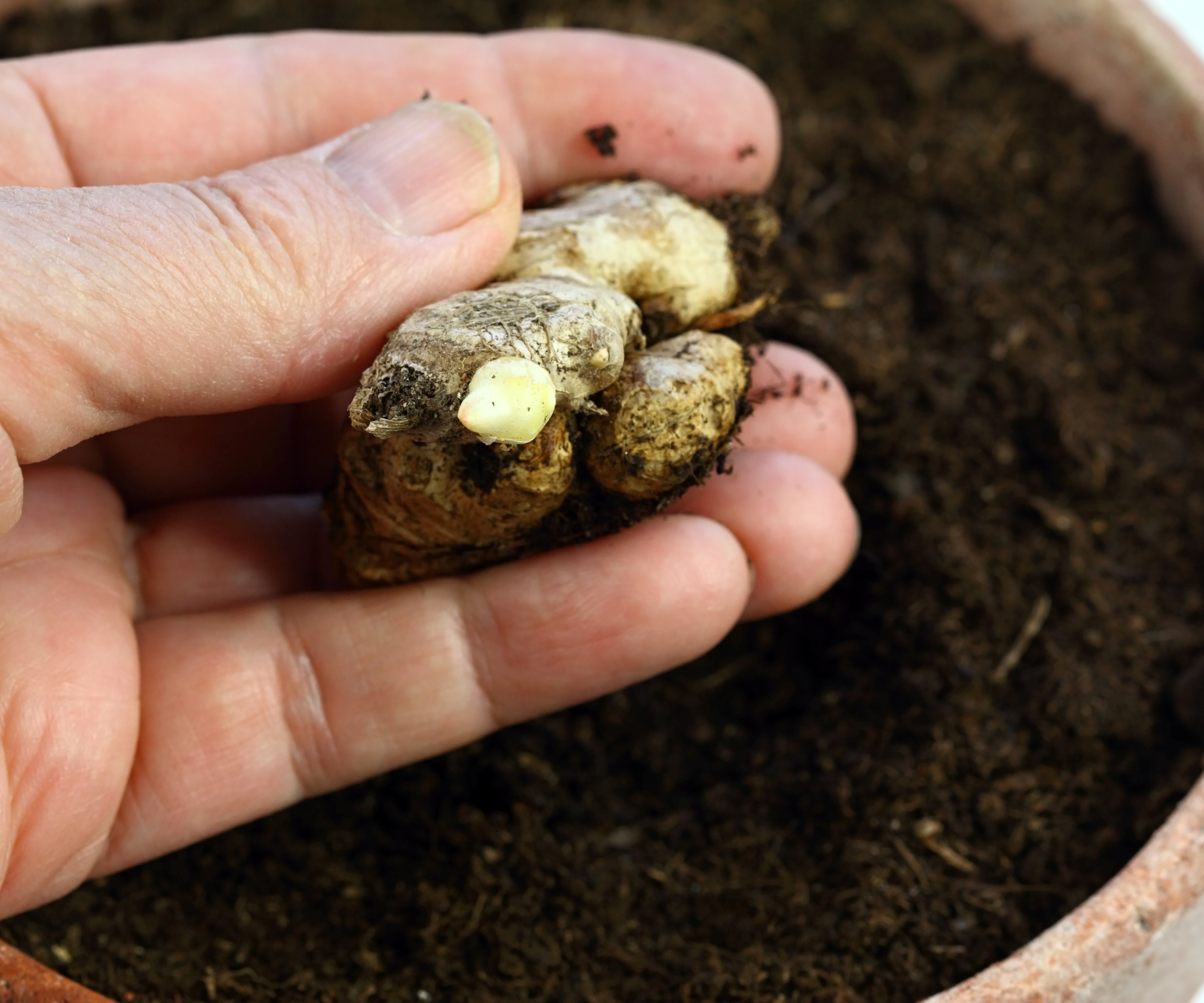
To start, source a firm, fresh ginger root, like this piece available from Walmart. Look for any rhizomes with visible small buds as these growing points will sprout new green shoots.
Then, cut the roots into one to two-inch sections. You can soak these pieces in a shallow dish of water overnight to speed up the rooting process, but this isn't always necessary.
Next, you want to plant the sections in a pot with good drainage. Use a good quality potting mix, ideally adding some coconut coir or perlite for good aeration and drainage. Coconut coir is available to order from Amazon.
Bury each piece of ginger root just below the surface, keeping the buds facing up. Ginger thrives in bright, indirect light, so avoid positioning the pot on a sunny windowsill or entryway. Somewhere with morning sun and afternoon shade is ideal. Keep the temperature relatively constant, avoiding any extreme fluctuations. Aim for a room temperature above 75°F for the best results.
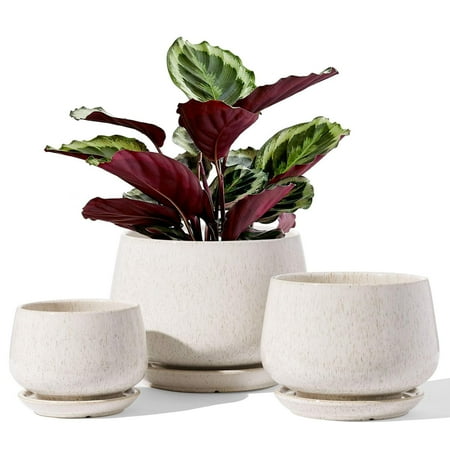
This stylish ceramic planters come with a matching saucer, helping you to keep an eye on drainage for your indoor plants.
How to care for ginger indoors
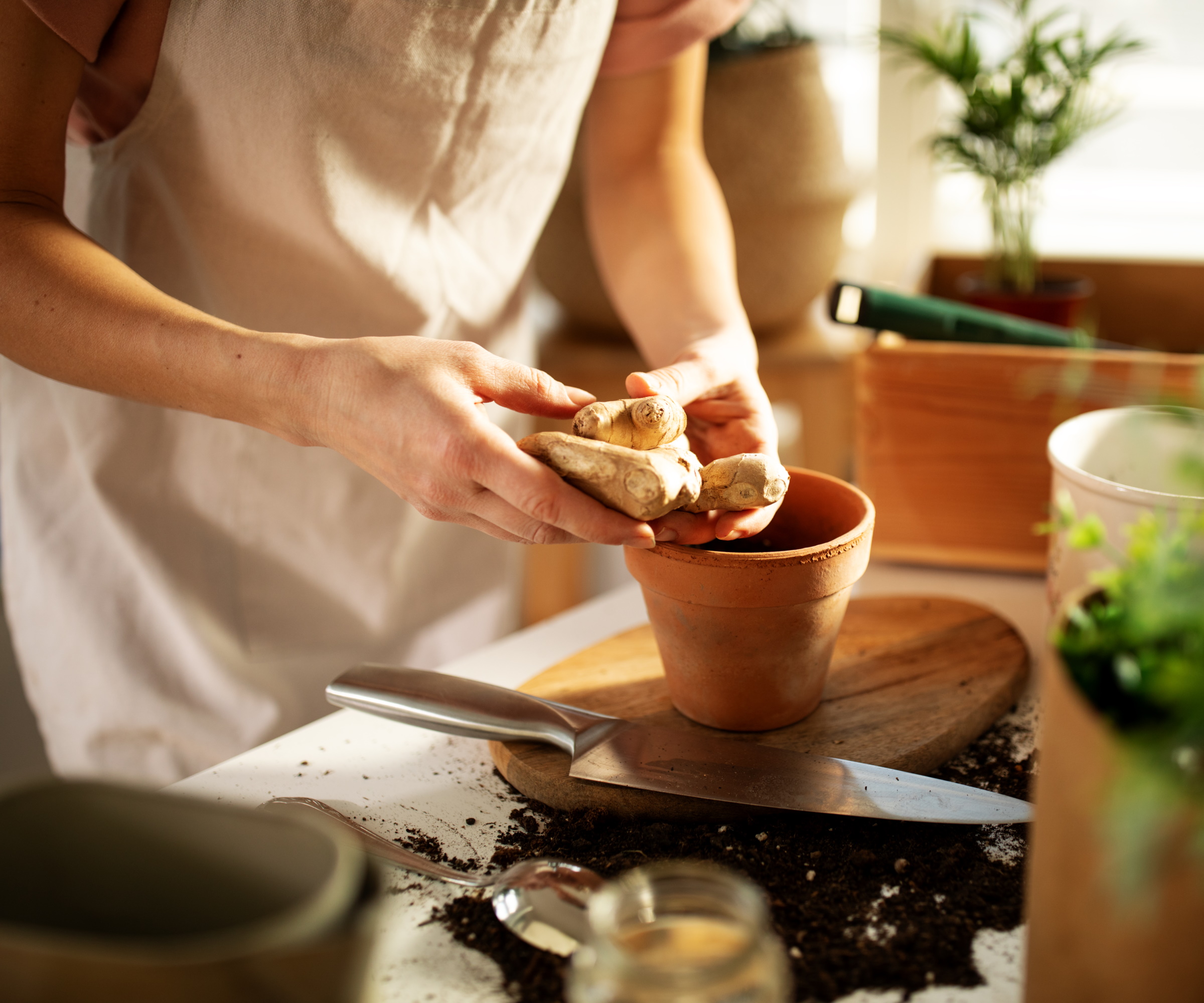
Once planted, ginger prefers consistent moisture. Water lightly when the top inch of soil feels dry, ensuring proper drainage to prevent waterlogging which will result in root rot. To effectively manage moisture levels, try using a humidity tray, available from Amazon, which can help to mimic a tropical, moist environment in your home.
As the root develops, you will begin to see long, reed-like stems shooting upwards. While growth can be slow at first, given a few months, your ginger should produce several foliage stems.
Ginger plants enjoy rich, fertile soil in their native habitat, and so they respond well to fertilizer. Aim to apply a balanced all-purpose organic feed once per month.
How to harvest ginger
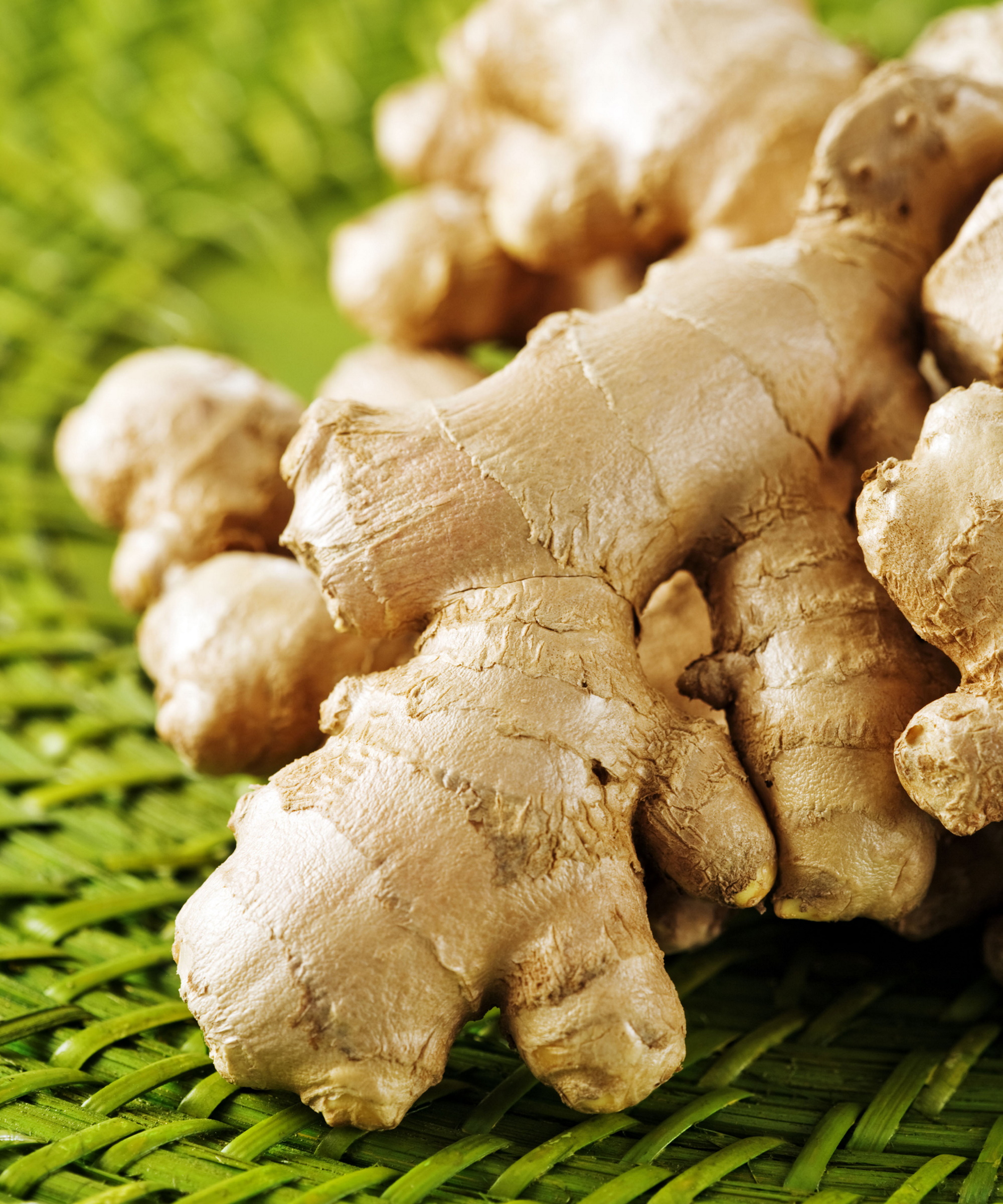
Ginger can be planted indoors at any time of the year and is typically ready to harvest 8 to 10 months after planting. While you can remove smaller chunks earlier than this, it is often better to wait for the rhizome to develop and enjoy a full and fragrant harvest.
When you are ready to do this, lift the entire root. Snip the foliage stems and add these to your compost heap. Next, wash your ginger root and check for signs of rot or mold. The root should feel firm to the touch and produce a spicy aroma. Save a few healthy pieces to replant and begin the whole process again. Doing so will mean that you can enjoy a ginger supply year-round.
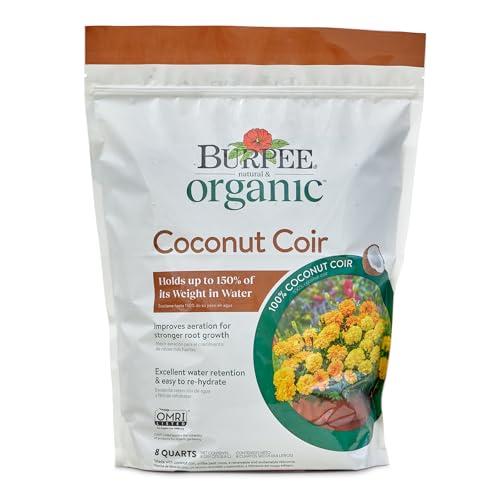
Made from recycled coconut husks, coir is a sustainable, renewable soil amendment that is good for aeration and drainage for your houseplants.
FAQs
What pests can affect ginger growing indoors?
While ginger is relatively pest-resistant when grown indoors, fungus gnats can occasionally be an issue. Often these are nothing to worry about, but can prove to be a little annoying in the kitchen or living room. If you notice small flying insects around the soil, this could be a sign that there is too much moisture in the pot. Immediately reduce watering and use sticky traps to catch gnats. Sticky gnat traps are available from Amazon.
After harvesting, learn how to store ginger to prolong its shelf life. You might intend to use your supply quickly, adding to curries, soups or smoothies, or, keep some ginger sections in the fridge or freezer to keep it fresher for longer.
Sign up to the Homes & Gardens newsletter
Design expertise in your inbox – from inspiring decorating ideas and beautiful celebrity homes to practical gardening advice and shopping round-ups.

Thomas is a Content Editor within the Gardens Team at Homes and Gardens. He has worked as a professional gardener for both public spaces and private estates, specializing in productive gardening, growing food and flowers. Trained in Horticulture at the Garden Museum, he has written on gardening and garden history for various publications, including The English Garden, Gardens Illustrated, Hortus, The London Gardener and Bloom. He has co-authored a Lonely Planet travel book, The Tree Atlas, due out in 2024.
You must confirm your public display name before commenting
Please logout and then login again, you will then be prompted to enter your display name.
-
 Walton Goggins' unorthodox, boho chandelier taps into the lighting trend defining dining rooms in 2025 – here's how to recreate the elegant style
Walton Goggins' unorthodox, boho chandelier taps into the lighting trend defining dining rooms in 2025 – here's how to recreate the elegant styleThe White Lotus Season 3 may be over, but the actor's pendant lighting represents a timeless style that's sure to last for years to come
By Sophie Edwards Published
-
 5 decorating trends you thought you hated that are making a return in 2025
5 decorating trends you thought you hated that are making a return in 2025We spoke with top interior designers, who opened our eyes to how trends we thought everyone hated are actually back for 2025
By Pip Rich Published
-
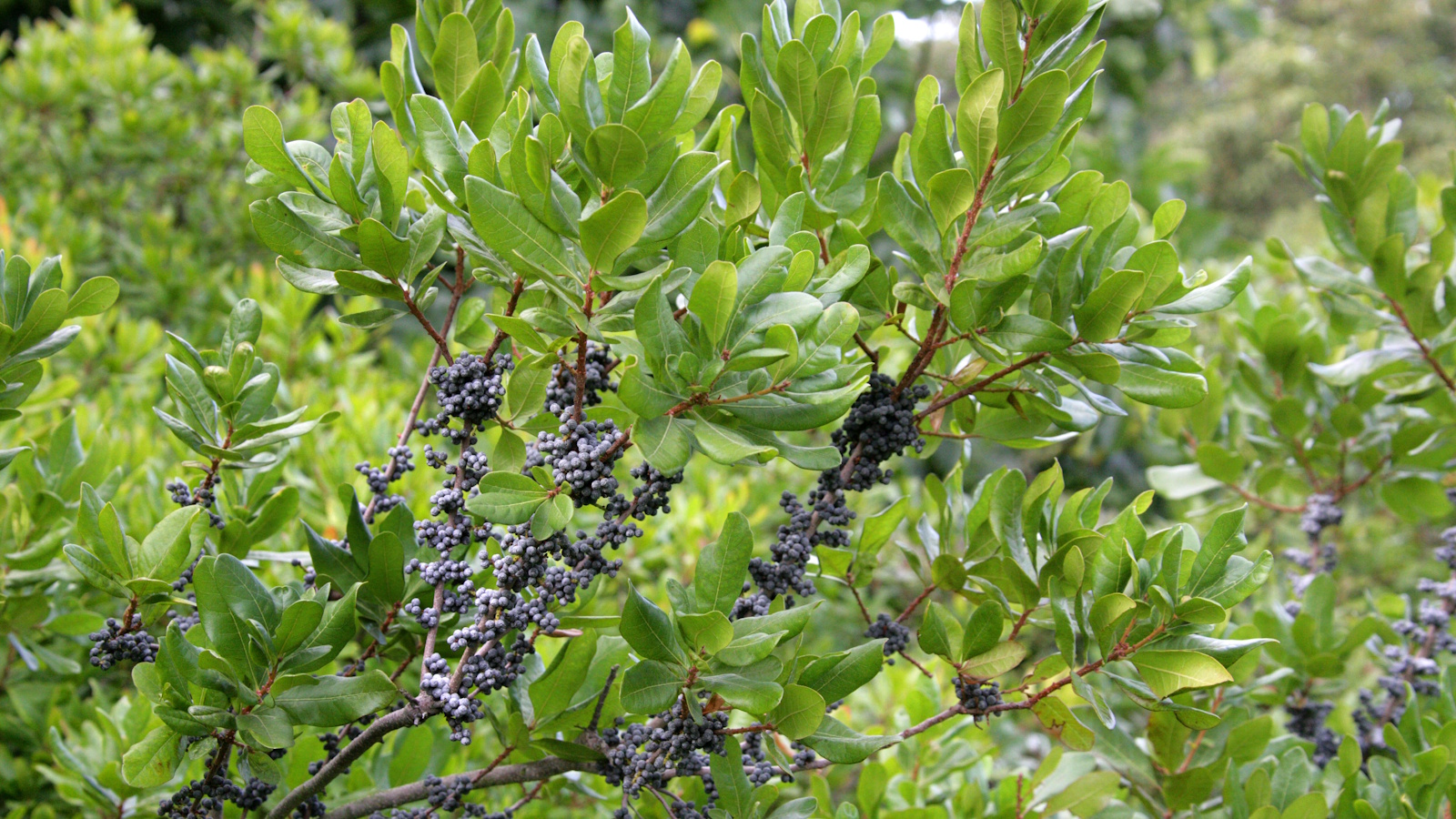 Best fragrant shrubs – 5 perfumed plants to transform garden borders and pot displays this summer
Best fragrant shrubs – 5 perfumed plants to transform garden borders and pot displays this summerGrow one or more of the best fragrant shrubs to add a sensory element to your yard
By Thomas Rutter Published
-
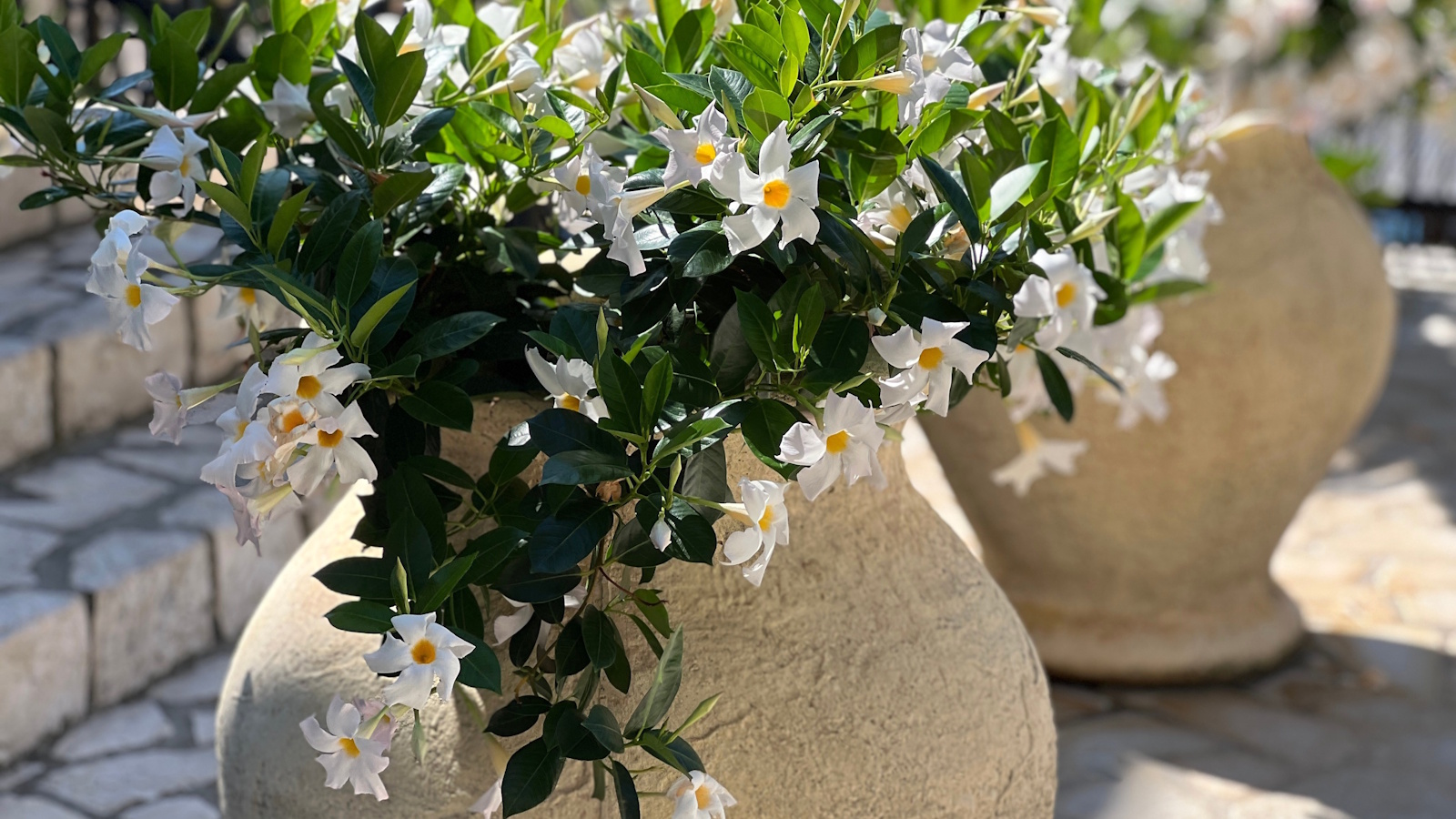 How to grow mandevilla in pots – and elevate your outside space with impactful tropical flowers this summer
How to grow mandevilla in pots – and elevate your outside space with impactful tropical flowers this summerLearning how to grow mandevilla in pots will add a colorful and vertical accent to any size plot
By Thomas Rutter Published
-
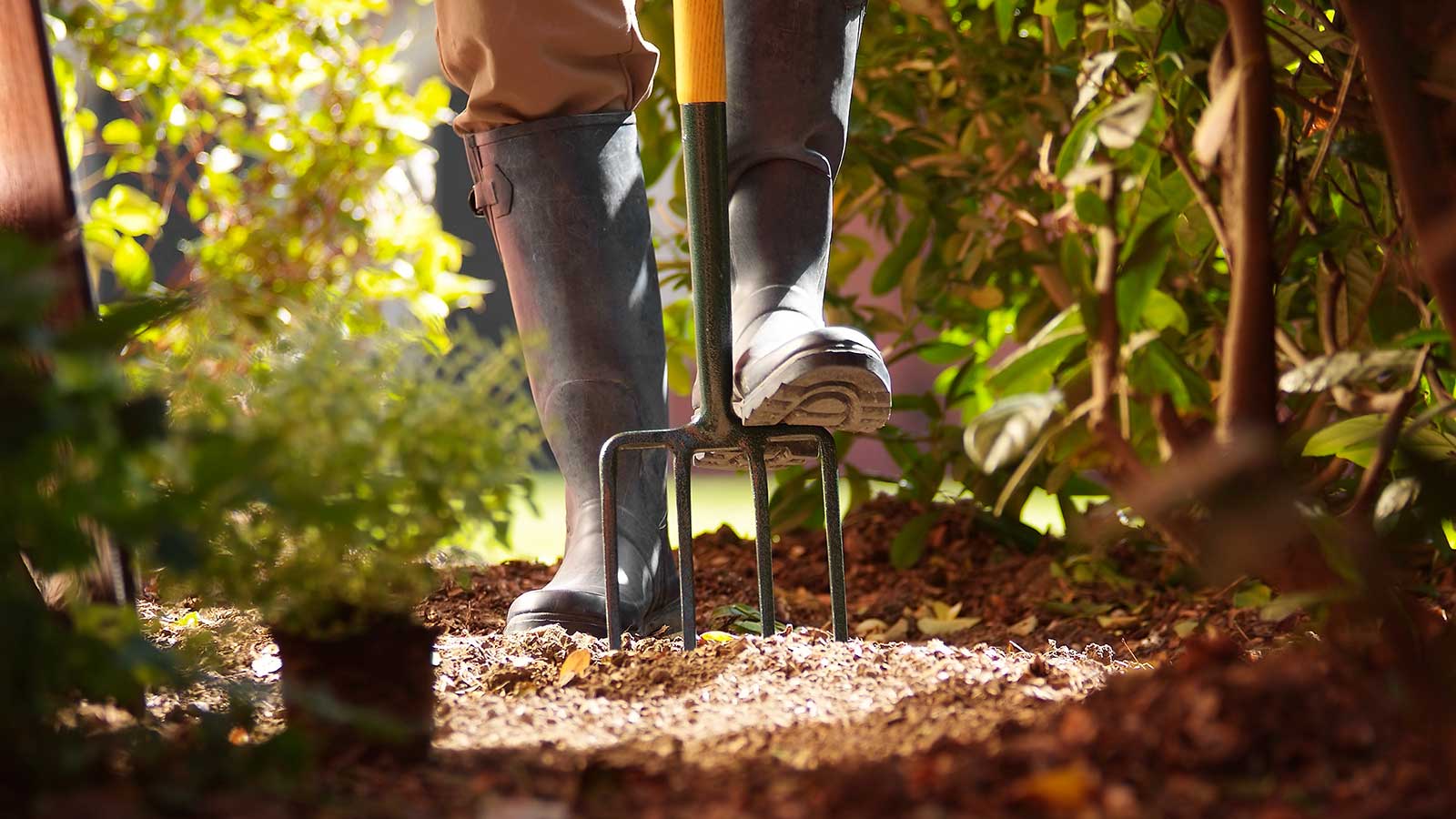 Skyseed is a vigorous invasive weed that is becoming a problem in backyards – here's how to identify and control it
Skyseed is a vigorous invasive weed that is becoming a problem in backyards – here's how to identify and control itGardeners in North America should keep an eye out for this vigorous perennial weed
By Thomas Rutter Published
-
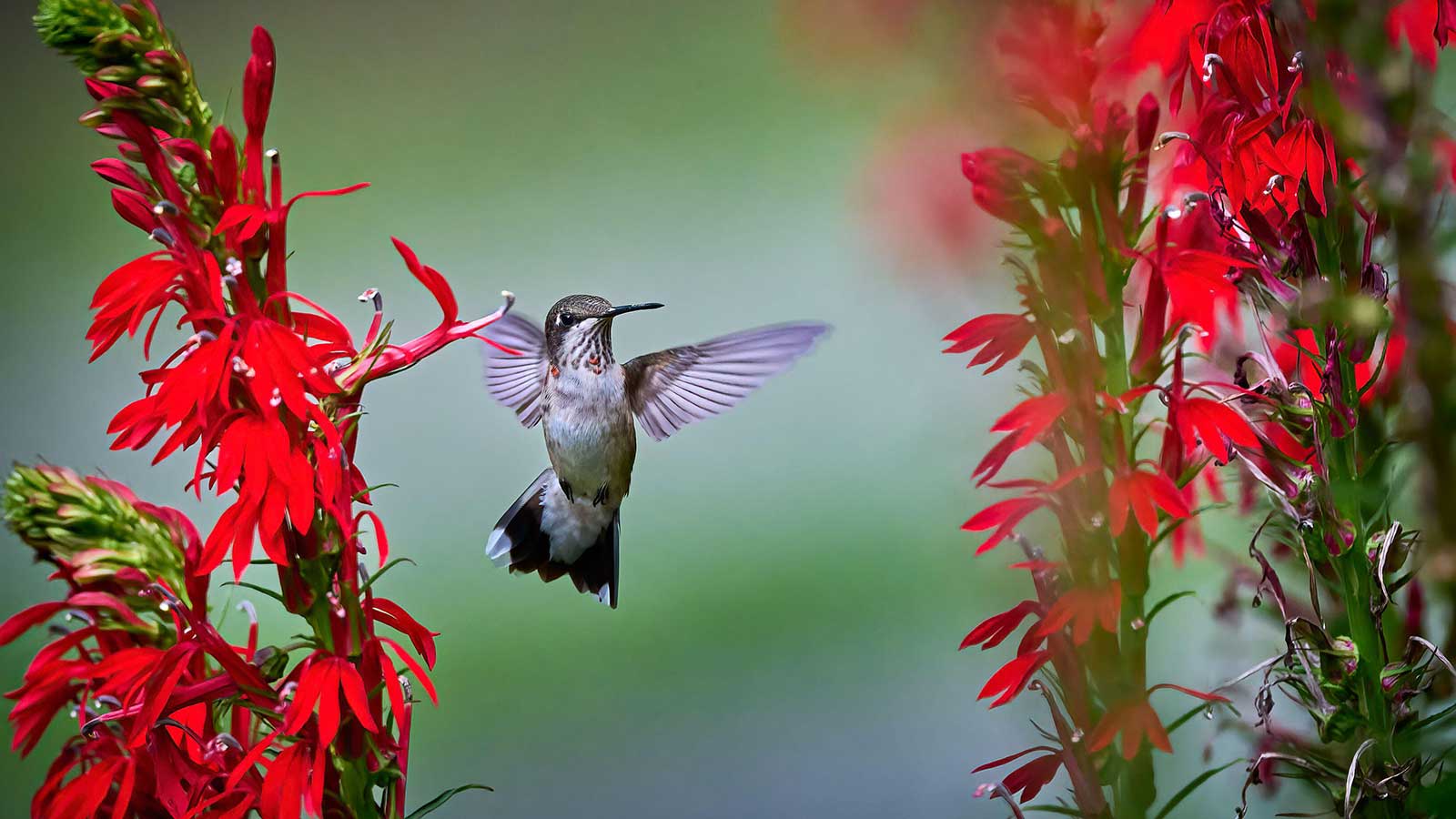 When do hummingbirds return from migration? Wildlife experts reveal when to expect them and how you can help
When do hummingbirds return from migration? Wildlife experts reveal when to expect them and how you can helpAs hummingbirds return to North America, gardeners can play a part in caring for these weary travellers
By Thomas Rutter Published
-
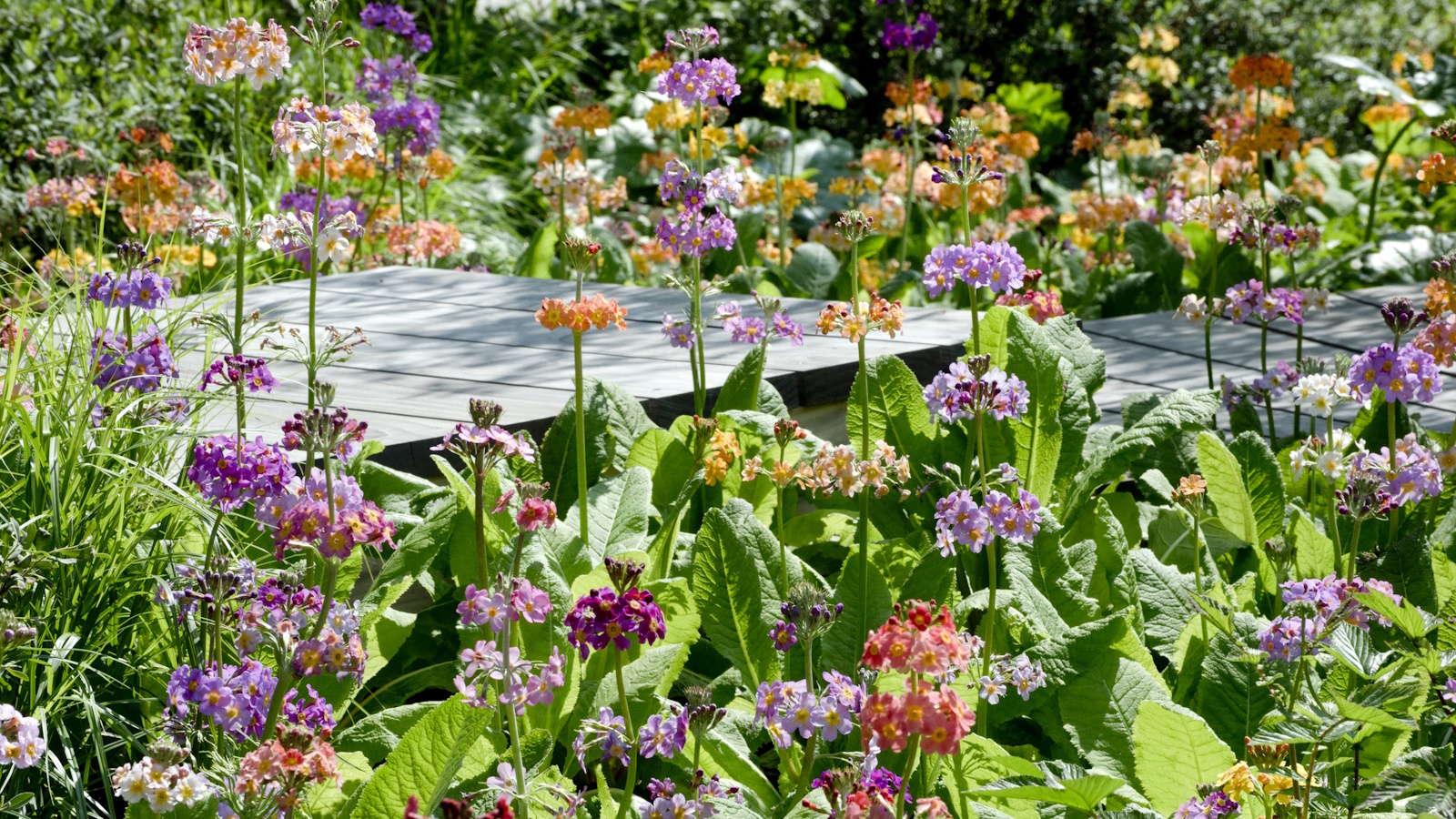 Best flowering ground cover plants – 5 expert-approved species to fill your borders with vibrant color
Best flowering ground cover plants – 5 expert-approved species to fill your borders with vibrant colorThese flowering ground cover plants will not only look good but will also prove popular with bees and butterflies
By Thomas Rutter Published
-
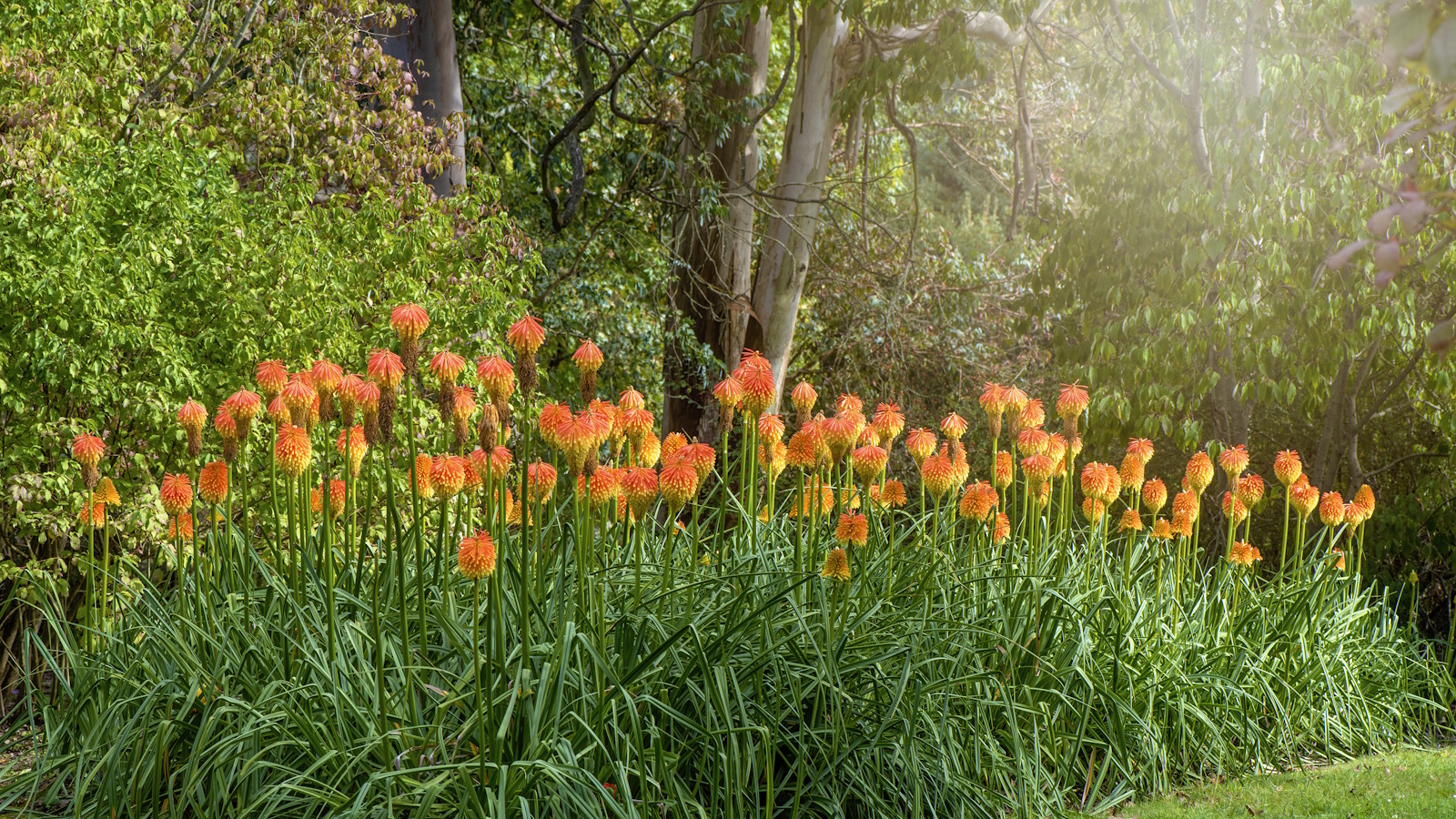 How to grow red hot poker – for low-maintenance and long-lasting flower spikes that pollinators adore
How to grow red hot poker – for low-maintenance and long-lasting flower spikes that pollinators adoreIf you enjoy colorful, vibrant borders, there can be no better perennial to grow than red hot pokers
By Thomas Rutter Published
-
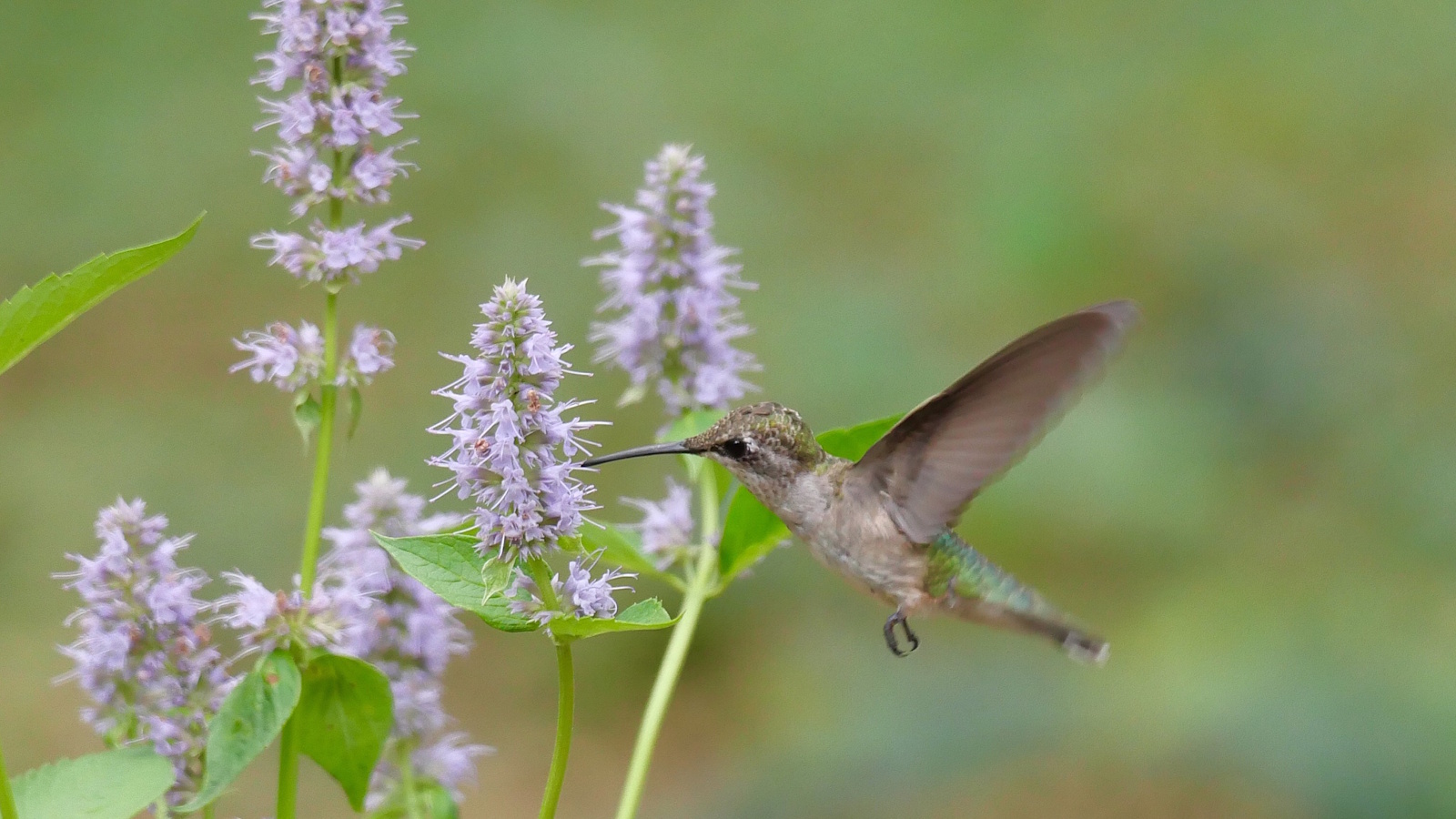 Best perennials to attract hummingbirds – 5 fantastic flowers to grow, as recommended by master gardeners
Best perennials to attract hummingbirds – 5 fantastic flowers to grow, as recommended by master gardenersThese colorful and fragrant perennials will prove popular with hummingbirds and other pollinators
By Thomas Rutter Published
-
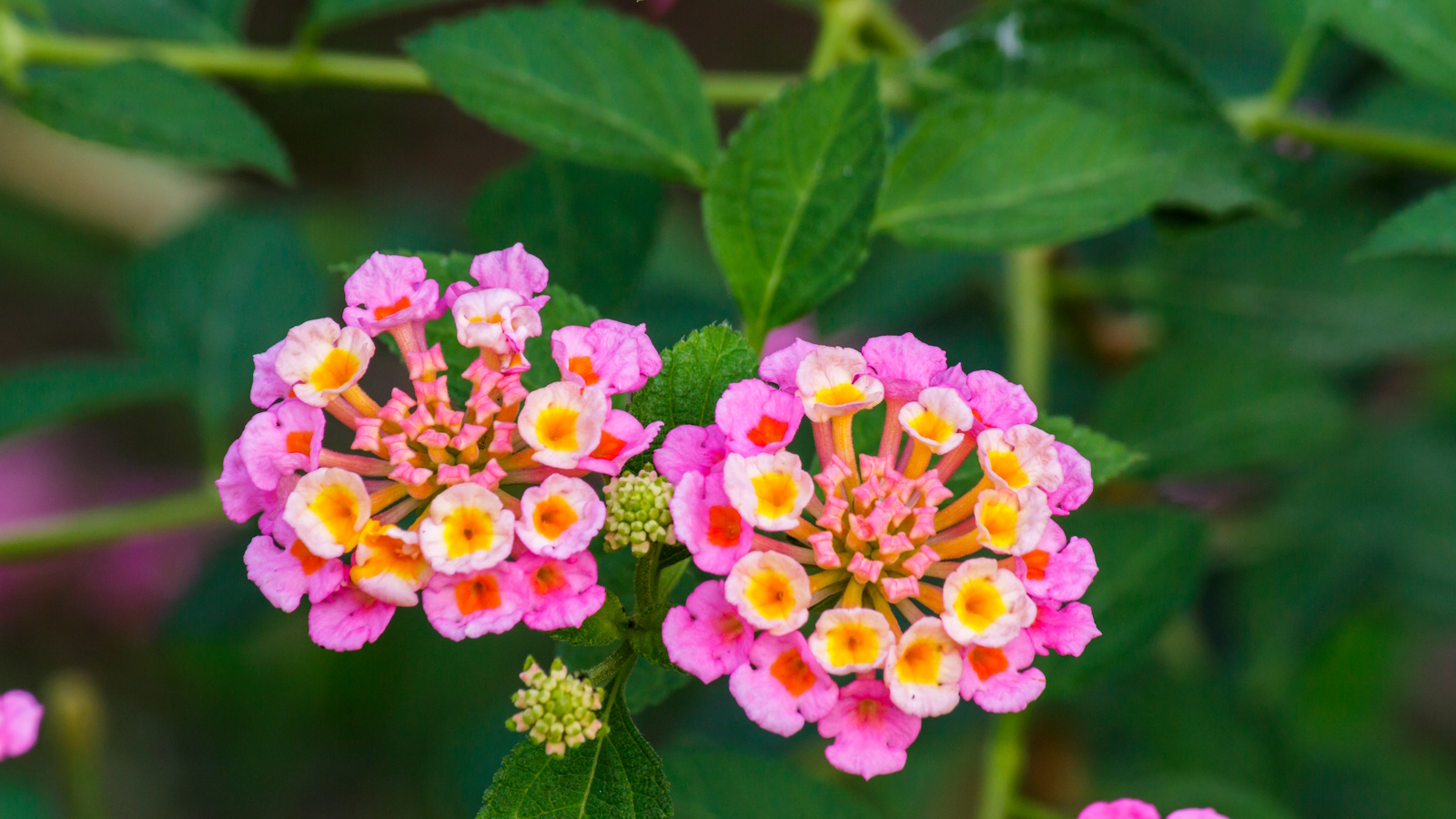 How to grow lantana in pots – and transform even tiny gardens with masses of kaleidoscopic flowers this year
How to grow lantana in pots – and transform even tiny gardens with masses of kaleidoscopic flowers this yearFor colorful and wildlife-friendly blooms, there can be no better plant than lantana
By Thomas Rutter Published